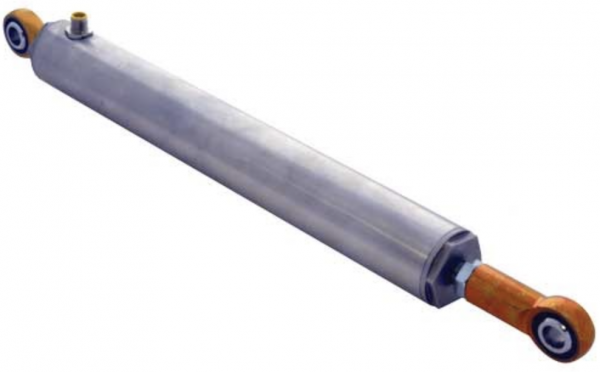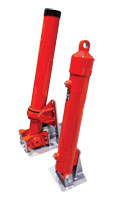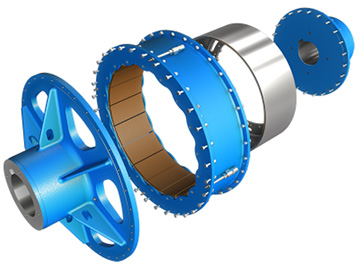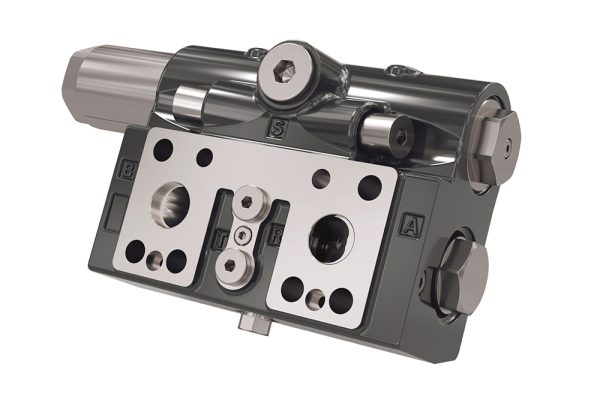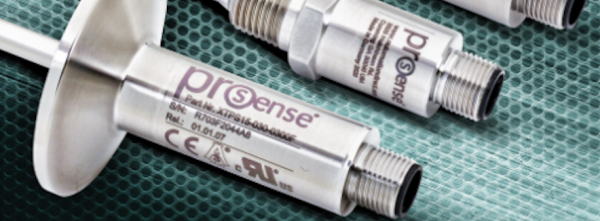Festo’s Smart Proximity Switch Commissions Itself, for Time Savings That Add Up
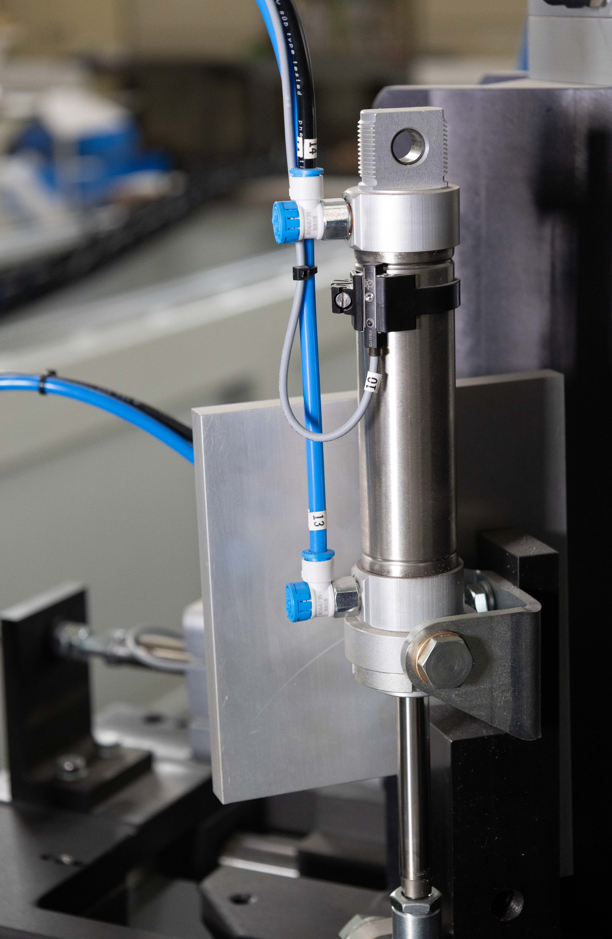
The diminutive Festo SDBT-MSX proximity switch, shown here affixed at the top of a round ISO cylinder, is the world’s first such sensor with auto-teach-in, for simple, fast one-and-done commissioning.
ISLANDIA, NY, April 11, 2024 – There are indeed rewards for machine builders who sweat the small stuff. The latest iterations of many tiny but essential components like sensors, cameras, and switches can pack a great deal of innovation for their diminutive size.
For Pro-Line Automation Systems of Woodbridge, ON, adopting Festo’s SDBT-MSX – the world’s first proximity switch with auto teach-in – eliminated a small but previously necessary step for achieving final operational readiness of their highly advanced, automated CNC fabrication systems for window and door manufacturing. The SDBT-MSX’s auto teach-in feature automatically learns and sets the correct final switching point when the machine is turned on the first time, unlike legacy proximity switches which need follow-up, manual tuning after commissioning. With many proximity switches on each Pro-Line machine, the time savings from no longer having to make this follow-up adjustment really add up.
Pro-Line is extremely busy, as are its customers across North America, facing strong demand as the continent ramps up efforts to launch more residential construction. Single family, multi-unit, and high-rises, all have windows made by Pro-Line customers using its machines. The company has seen its sales almost double over the past five years, says owner Vinode Ramnauth, and it’s embarking on a US expansion with the potential to double sales again over the next two years. The company is an eager early adopter of new technologies that make its staff more efficient. It’s already the biggest user of the SDBT-MSX in North America for that reason.
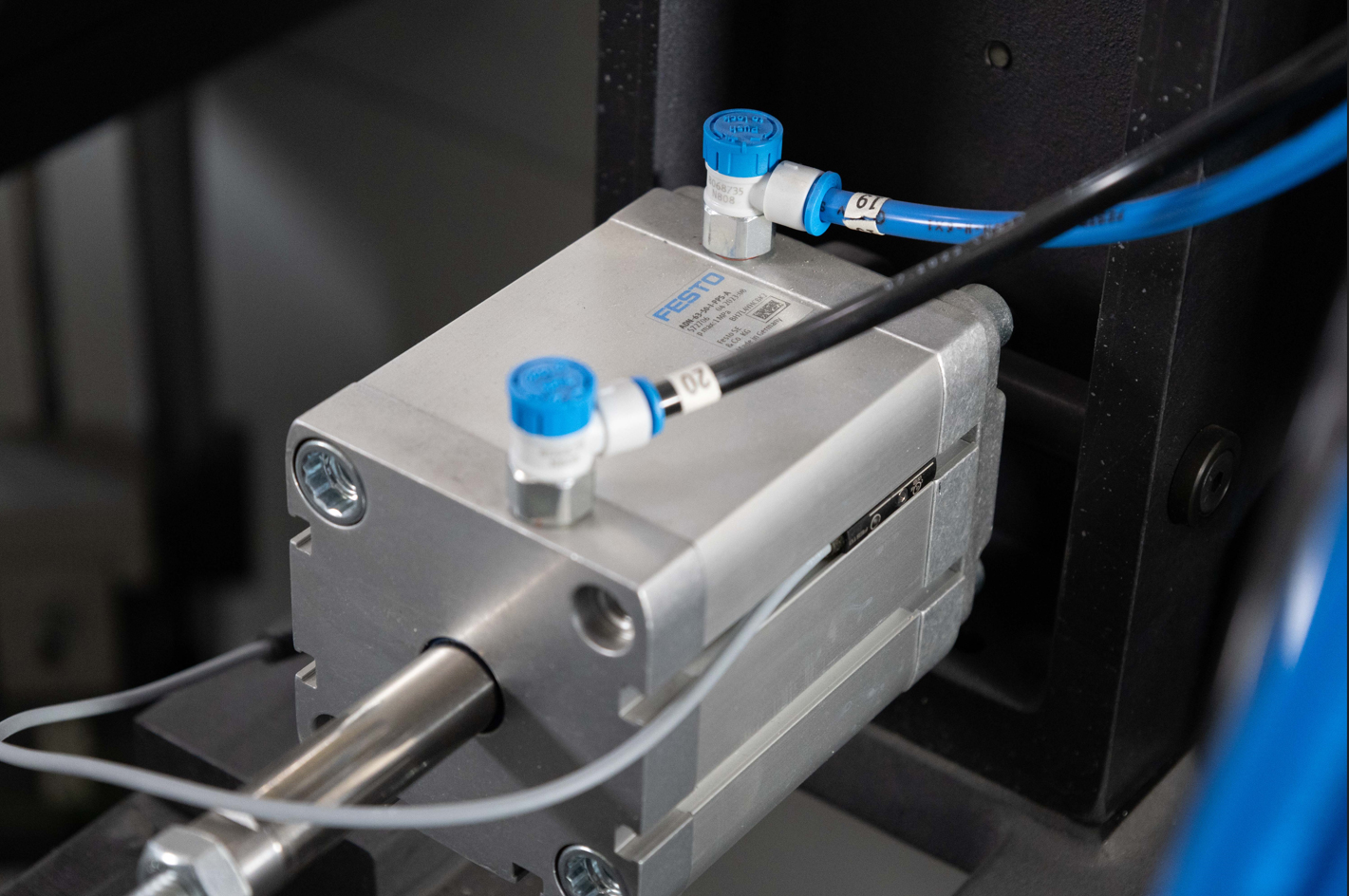
The Festo SDBT-MSX, affixed here to a compact rectangular cylinder, is unique technology: Its auto teach-in feature sets the switching point the first time and never needs follow-up adjusting like legacy proximity switches.
This feature-rich proximity switch is one example of the advances Festo is making in designing next-generation components, large or small. Besides incorporating performance enhancements, it makes simplifying installation, commissioning, and configuration points of emphasis.
Proximity switches are affixed to pneumatic actuators to signal the PLC or controller that the full extension of the piston has been reached. They are invariably one of the least expensive functioning components on a Bill of Materials.
The SDBT-MSX is the most advanced in its class of magnetic proximity switches. It’s about the size of a baby’s pinky finger. You probably wouldn’t notice it on a machine unless you looked for it.
First and foremost, what makes it special is the auto teach-in feature. When setting up a legacy proximity switch, a technician generally locates the actuator in the machine prior to commissioning, affixes the switch in the T slot or bracket of the actuator at the approximate end position of the extended piston. Since commissioning that legacy switch requires a power supply, it’s generally done when the machine is turned on for the first time, which usually does not happen under full compressed air load. When the machine is eventually turned on under full load, each such switch must be fine-tuned. That adjustment usually takes just a couple of minutes per switch but multiplied by the number of switches on a machine, often several dozen and sometimes in difficult-to-reach locations, those extra minutes turn into hours of staff time. (Occasionally, these post-commissioning adjustments must be made at the end user, a much larger allocation of time, plus travel expenses.)
Conversely, the initial setup of the SDBT-MSX doesn’t require a power supply. The switch can be affixed to the actuator at a work bench, prior to installation. Once the actuator is in place, the SDBT-MSX cable is plugged into the controller. When the machine is powered on for commissioning and completes just four cycles, the SDBT-MSX’s auto-teach capability automatically sets the correct final switching point without impacting the application.
Additionally, the end-stroke tolerance on the SDBT-MSX can be adjusted easily on the device within a range of 2-15 mm to adapt to different operating conditions. Typically, a standard cylinder switch may have a 2-mm detection range, fine for when the piston is hitting a hard stop on metal.
However, with vinyl or polymers that have some give, a soft stop can be a challenge for a legacy switch. Many of Pro-Line’s CNC systems are cutting vinyl, and signaling the piston end stroke often requires a detection range greater than 2 mm. On some machines, Pro-Line has had to employ two legacy proximity switches on the same actuator to achieve a wider detection range, an additional cost in componentry, PLC logic and staff time.
Using its capacitive teach button, the SDBT-MSX can be programmed for PNP (negative load) switching output or NPN (positive load), NO (Normally Open) or NC (Normally Closed) operation, so machine builders can bulk-purchase just one variant for all situations. For Pro-Line, that represents another potential cost efficiency, as it has begun to design new models with remote I/O.
SDBT-MSX is set-it-and-forget-it technology. As a solid-state device, it’s rated for hundreds of millions of cycles and will probably outlast any actuator on which it is mounted. It’s ideal for new-builds and as a direct replacement for legacy switches on existing machines.
About Festo U.S.
Festo is a leading manufacturer of pneumatic and electromechanical systems, components, and controls for process and industrial automation. For more than 50 years in the U.S., Festo Corporation has continuously elevated the state of manufacturing with innovations and optimized motion control solutions that deliver higher performing, more profitable automated manufacturing and processing equipment. Through advanced technical and industrial education, Festo Didactic Learning Systems and its partners prepare workers for current and future manufacturing technologies.

